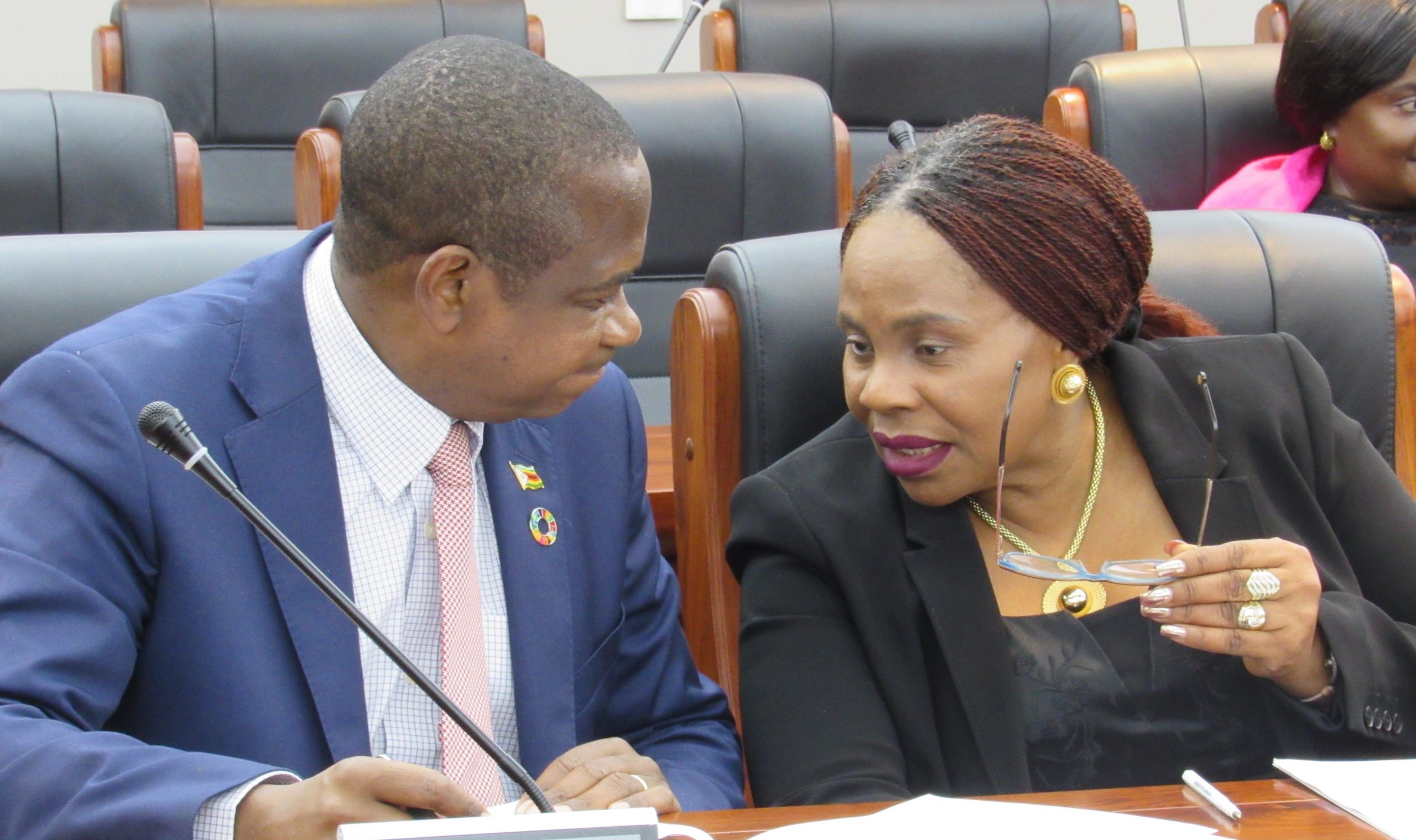Govt forges ahead with drought mitigation programme
Share

Harare (New Ziana) – Government has provided over 50 percent of food relief to at least 75 percent of the country’s rural districts as part of the drought mitigation programme, a Cabinet Minister has said.
The country, as almost all others in southern Africa, has suffered a severe drought this year which is expected to sharply reduce harvests, and force massive costly food imports.
To ease the effects of the drought, the government has started a grain importation programme through Mozambique and other neighbouring countries to ensure that no one dies of hunger.
Also, a food relief programme incorporating urban areas is also underway.
Information, Publicity and Broadcasting Services Minister Monica Mutsvangwa said Cabinet noted progress made in the drought mitigation programme.
“Cabinet noted and approved the Zimbabwe Vulnerability Assessment Committee report which clearly outlined that 75 percent of the rural districts had received over 50 percent of support from government,” she said.
“Government will soon unveil to the nation and the international donor community measures to be taken in order to map the way to bridge the food deficit gap including through launching of an international appeal for assistance.”
Early this year, government announced that it had taken out a drought insurance of US$1 million with the African Risk Capacity (ARC), giving cover for a maximum of US$5.3 million.
The ARC is a specialized agency of the African Union established to help African governments improve their capacities to better plan, prepare and respond to extreme weather events and natural disasters.
Zimbabwe’s agriculture sector, which is regarded as the backbone of the economy, has under-performed in recent years largely due to recurrent climate change induced droughts.
The country also suffered a catastrophic drought in the 2018/19 farming season, which was also compounded by a tropical cyclone which destroyed crops and livestock in the east.
The unpredictable weather patterns prompted government to take out the drought insurance as one way, in addition to developing irrigation infrastructure, of minimizing losses in the agriculture sector and ensuring food security.
Meanwhile, Mutsvangwa said Cabinet had considered the 2020 winter wheat pre-planting price and the 2019/20 soya bean floor prices.
“The pre-planting winter wheat producer floor price be pegged at ZW$11 786 per metric tonne at a margin of 20 percent, assuming a yield of 4 metric tonnes per hectare,” she said.
“The premium price for grade A wheat be set at ZW$ 14 143 which is above the wheat producer floor price and that soya bean floor price be set at ZW412 833 per metric tonne at a 20 percent margin, assuming a yield of two metric tonnes per hectare.”
Going forward, she said, the cost build up plus margin model be used in the determination of producer prices.
New Ziana









